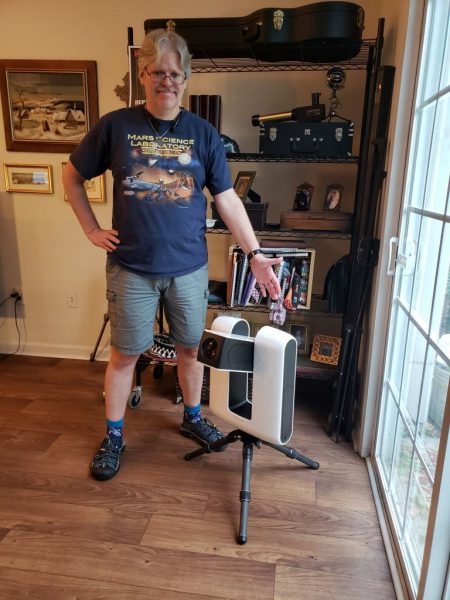Our Review of Stellina: a ‘Smart Telescope’ for 21st Century Astronomy – Universe Today
Stellina may usher in a revolution in amateur astronomy.
It’s a common scene at star parties, post-Christmas. As darkness falls, someone approaches us with a new telescope, often in still unassembled. “I can’t figure this thing out,” is the inevitable refrain. “Can you show me how to use this @#$%! thing?”
Of course, we always oblige. Learning the night sky and how to use a telescope is a lifelong skill, and can present a steep learning curve. Every observer young and old remembers the initial frustration of the first night under the stars with a new telescope. It can often turn folks off to the pursuit of astronomy entirely.
Now, a new breed of smart telescopes is set to take users past these hurdles, and get them out under the night sky. We recently had a chance to put Vaonis’ Stellina ‘smart telescope’ through its paces, and we’re intrigued at the glimpse it provides of the future of observational astronomy.
We’ve used and built telescopes of all types, and survived through every iteration of ‘GoTo’ telescopes, from the earliest models in the 1990s to modern GPS-equipped telescopes. All had their place… but weren’t quite user friendly, often requiring the user to troubleshoot polar alignment, check and recheck the mount leveling and balance, and manually calibrate the alignment in order to coax the telescope to its target. You know that when your ‘scope is pointed at the ground, for example, that some further troubleshooting is due.
Not so with Stellina. After half a century in amateur astronomy, this is the very first telescope we’ve used that worked on the first night as advertised, straight out of the box.
Introducing Stellina
The heart of the Stellina telescope system is an 80mm aperture, apochromatic doublet refractor/reflector hybrid with a nasmyth focus and an f/5 focal length, providing a generous field of view nearly one degree square, suitable for deep-sky imaging. There’s no eyepiece on Stellina: instead, images are focused onto an electronic imager and sent via wireless connection to your smartphone or tablet. The user only needs to install the app, follow the prompts, turn the telescope on and let it go through its paces of alignment and calibration before observing. The 10000 mAh (milliamp/hour) power supply provided with the telescope is more than enough to power Stellina through a night’s worth of observing in the field, or you could power the telescope via AC power if available using a USB-C cord.
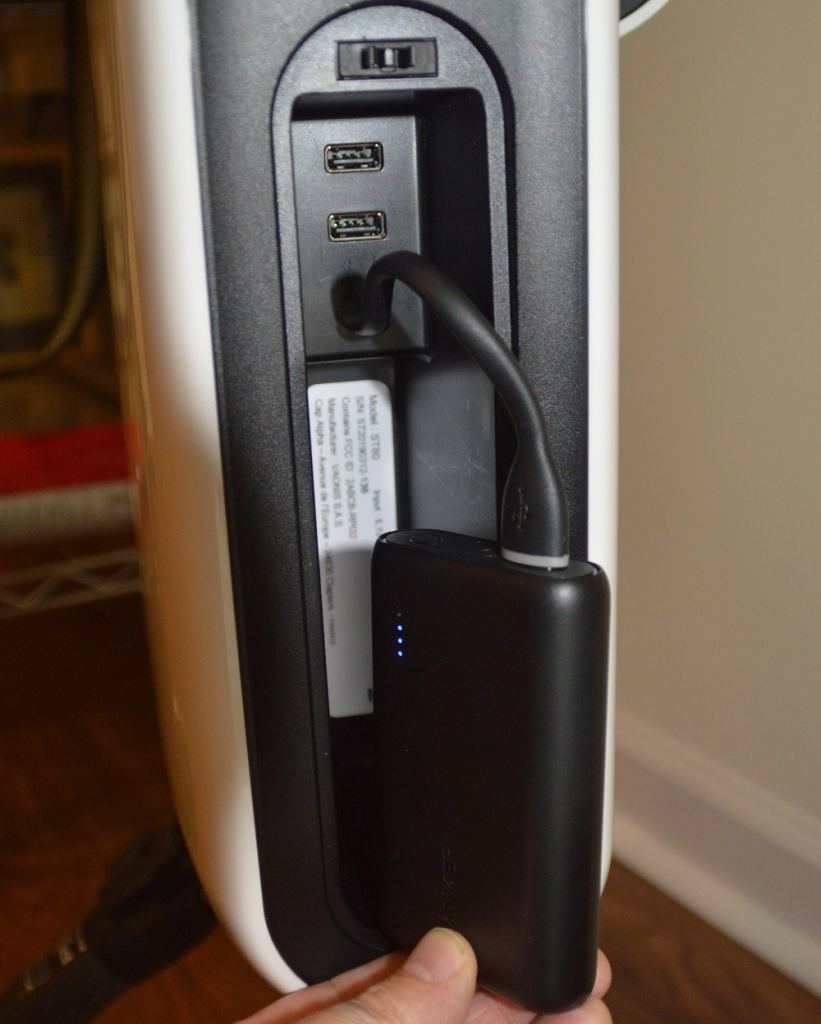
Note that the telescope still draws a slight bit of power when shut-down, and it’s worth it to disconnect the battery when the telescope is not in use, and top it off before you head out for a night’s worth of observing.
The power compartment also comes equipped with two standard USB ports: one to plug in a USB stick, and another to charge your phone or tablet with if needed in the field. Once a USB stick is plugged into Stellina, it will automatically generate and download FITS (Flexible Image Transport System) images for later processing. Similar to RAW frames, NASA uses FITS images to process Hubble Space Telescope data. A free FITS processing plug-in extension for Photoshop named FITS Liberator is available here.
Stellina is designed for deep-sky imaging, and is a wonderful tool for getting a first-time astro-imager over the threshold from bright target imaging to capturing faint nebulae, clusters and galaxies. The entire acquisition and image stacking procedure is automated from alignment to capture, stacking and controlling field rotation: the user simply selects the object from the free Stellinapp, which suggests best targets for the evening, and Stellina does the rest. No tedious auto-guiding or dealing with flat, dark and bias frames, although an advanced astrophotographer can certainly tweak images via FITS frames in post-processing. The images are slowly stacked as Stellina gathers photons and are processed as ready to share, right from your smartphone.
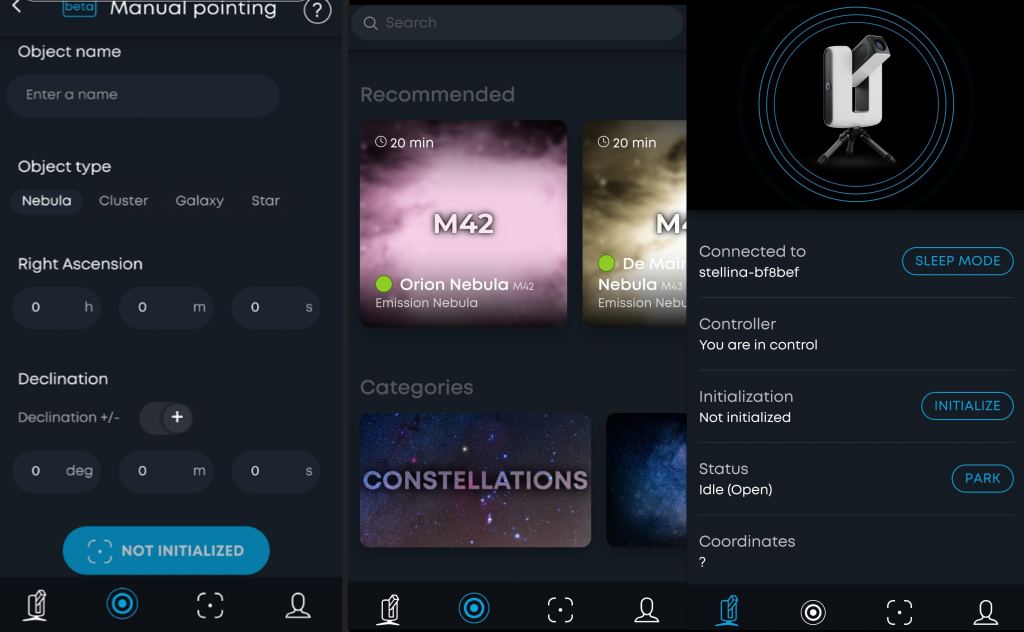
Stellina is one of several models of ‘smart scopes’ on the market, including offerings from Unistellar and Hiuni’s smart telescope.
Stellina is priced at $3,999 USD and comes with a 2-year warranty. Hopefully, that price tag will come down a bit, once the technology progresses. Remember the first 500$ CD players back in the 1980s?
Using Stellina was a fuss-free experience on the first night out. The telescope needs complete post-twilight darkness and a brief cool down period to begin alignment and focusing. This procedure takes about 10-15 minutes to complete, then you’re ready to start observing. We found that even using Stellina from downtown light-polluted Norfolk, Virginia on a Full Moon weekend that the telescope worked admirably, capturing nebulae and galaxies that I probably wouldn’t have bothered to try for with a traditional telescope. Stellina also comes equipped with a built-in light pollution filter, another plus.
Overall, we found Stellina was easy to use, so much so that friends with no prior astrophotography experience were able to download the app, hook up with the telescope and start taking images immediately. The telescope is a great gateway to get observers over the toughest hurdle into entry level deep-sky astrophotography. The telescope even has a built-in dew heater and temperature control system, and will automatically re-calibrate its focusing as it cools down to the ambient temperature.
The supplied Gitzo carbon fiber chicken-foot tripod is also very sturdy, and provides a good, low slung center of gravity for the heavy telescope. (Stellina weighs in at about 24.7 pounds/11.2 kilograms).
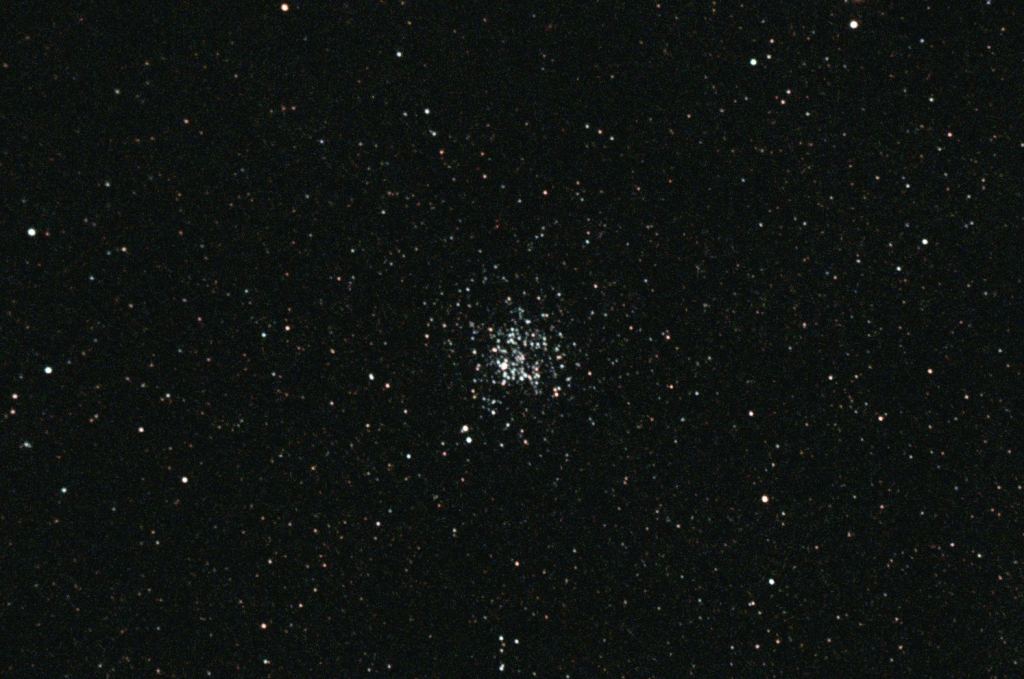
The blue power-on light seems a bit counter-intuitive in terms of preserving night vision. Also, we found that Stellina starts to protest as twilight comes around in the morning, shutting down an observing session a bit early. Of course, these are very minor issues.
Update: One our biggest objections—a lack of manual control—was actually just remedied by a recent app update: in addition to selecting objects from a set database of bright deep sky targets from the Messier and New General (NGC) Catalog, users can now manually enter right ascension and declination coordinates. That now puts other enticing targets such as new comets, asteroids and fainter nebulae not in the app’s database within a user’s reach.
We’d love to see the Stellina platform coupled with ASCOM telescope control drivers for use with a planetarium program such as Starry Night or Stellarium. This would be a powerful feature, allowing the user to select targets for night from your desktop. Of course, these are software and not hardware upgrades, and could be easily fixed with a future app update. At present, the team at Vaonis seems very keen on pushing out new updates for Stellina, and its always worth refreshing the app to assure you have the latest version prior to going out for a night’s worth of observing.
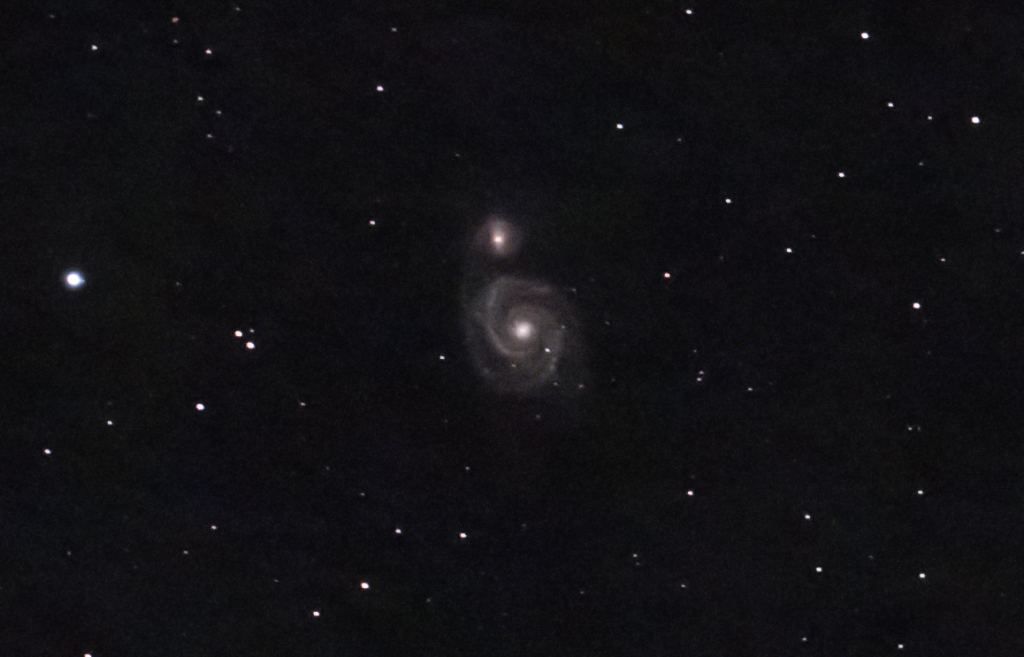
Are smartphone telescopes a good thing? It’s a discussion we’ve seen making its rounds on social media as of late. I often liken building and using a telescope to the skills of tuning versus playing a piano. Extending this metaphor to Stellina, using this telescope is like using a player piano. Like lots of technology, Stellina brings the ‘magic box’ effect to astronomy, allowing a first time user to skip learning to polar align, slew, and fine focus.
Of course, telescopes were long overdue to enter the 21st century, and do away with tangling cords and primitive push button displays that looked more at home on a 1970s calculator than a modern telescope. If nothing else, Stellina breaks the gridlock in telescope control design, for something truly original.
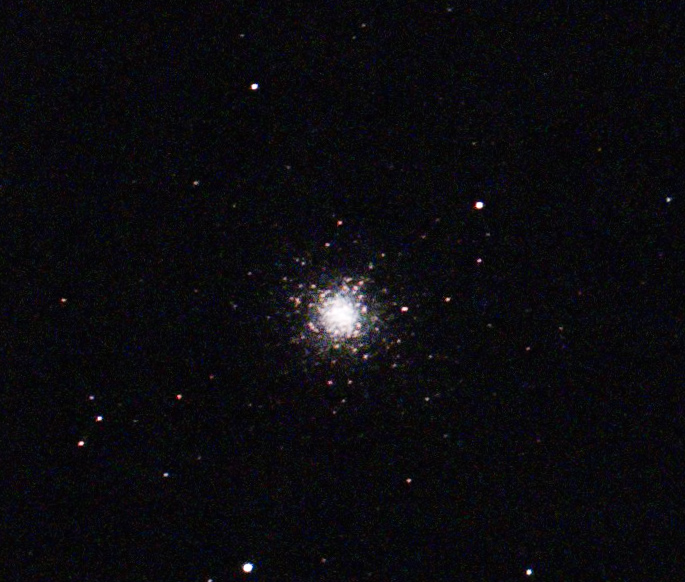
What could Stellina-type telescopes do to the future of amateur astronomy? Stellina would be an amazing tool for public outreach. They say the very best telescope is the one you end up using most, and we found ourselves taking Stellina up to the parking garage rooftop of our apartment every clear night. I could easily see Stellina permanently parked in a mini-backyard observatory, set for easy deployment under the night sky while the observer sits warmly inside.
If Vaonis were to open up the Stellina software platform to the astronomical community, it could even become a powerful research tool. I can envision a legion of Stellina observing stations scattered ‘cross the globe monitoring variable stars, tracking asteroids and occultations, and even following exoplanet transits.

Heck, though Stellina isn’t really intended for lunar or planetary imaging, it provides a wide full disk view of the Moon, and would be a fun way to livestream a total lunar eclipse.
It’s a brave new world for 21st backyard astronomy, and Stellina definitely delivers. Now, if they could just make telescope that can zap clouds…
Lead image: Stellina, ready for a night’s worth of observing. Credit: all photos in the article by Dave Dickinson
